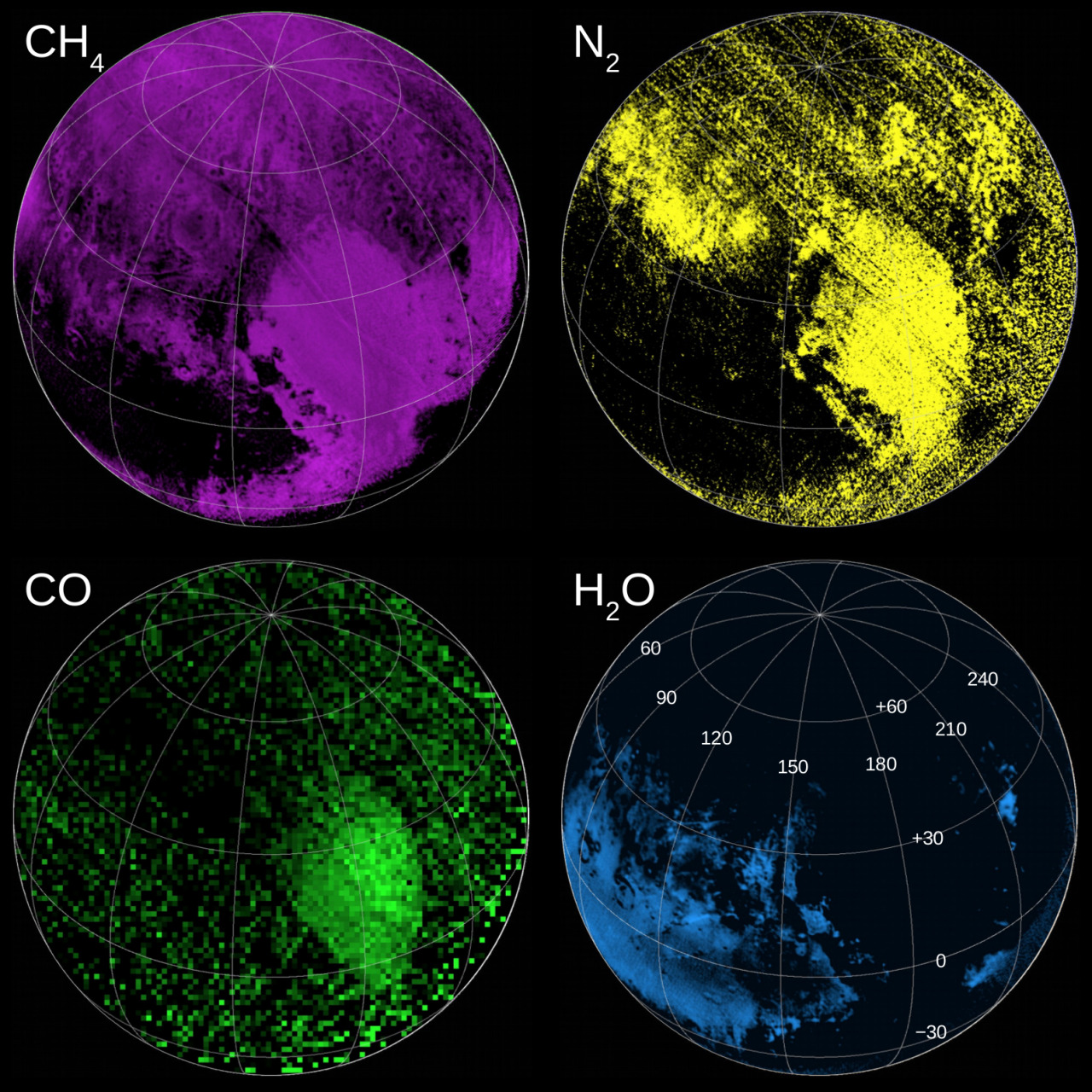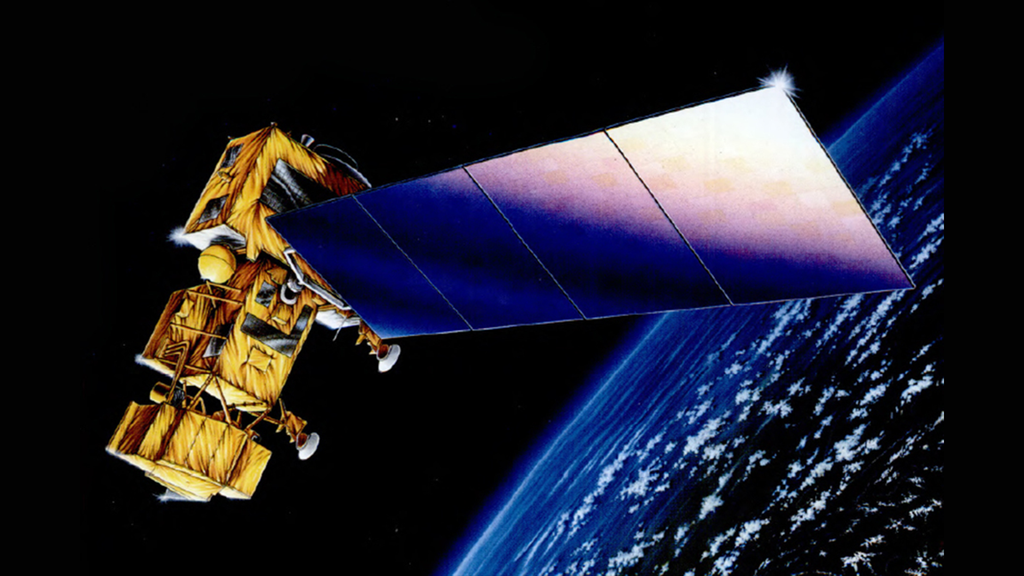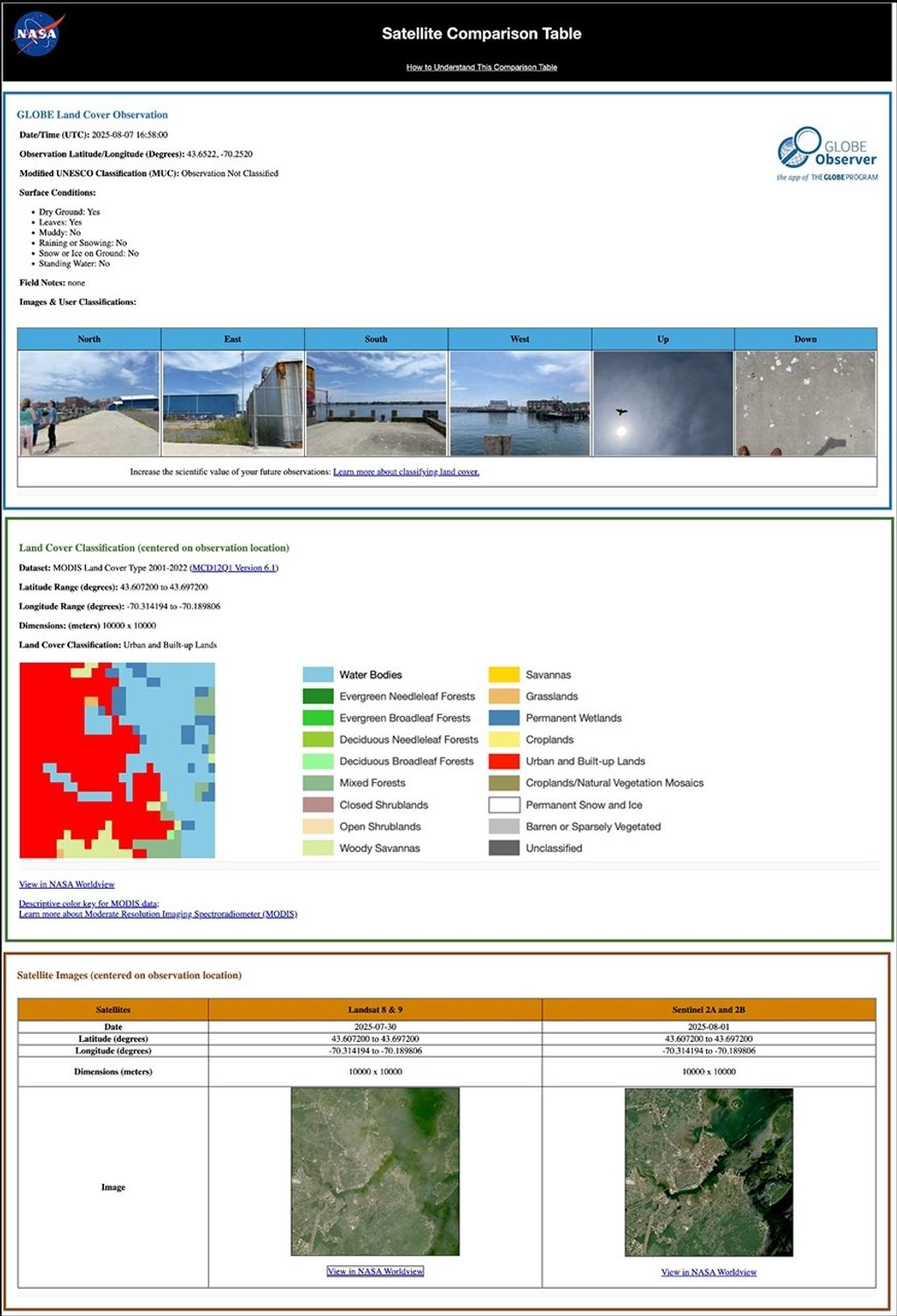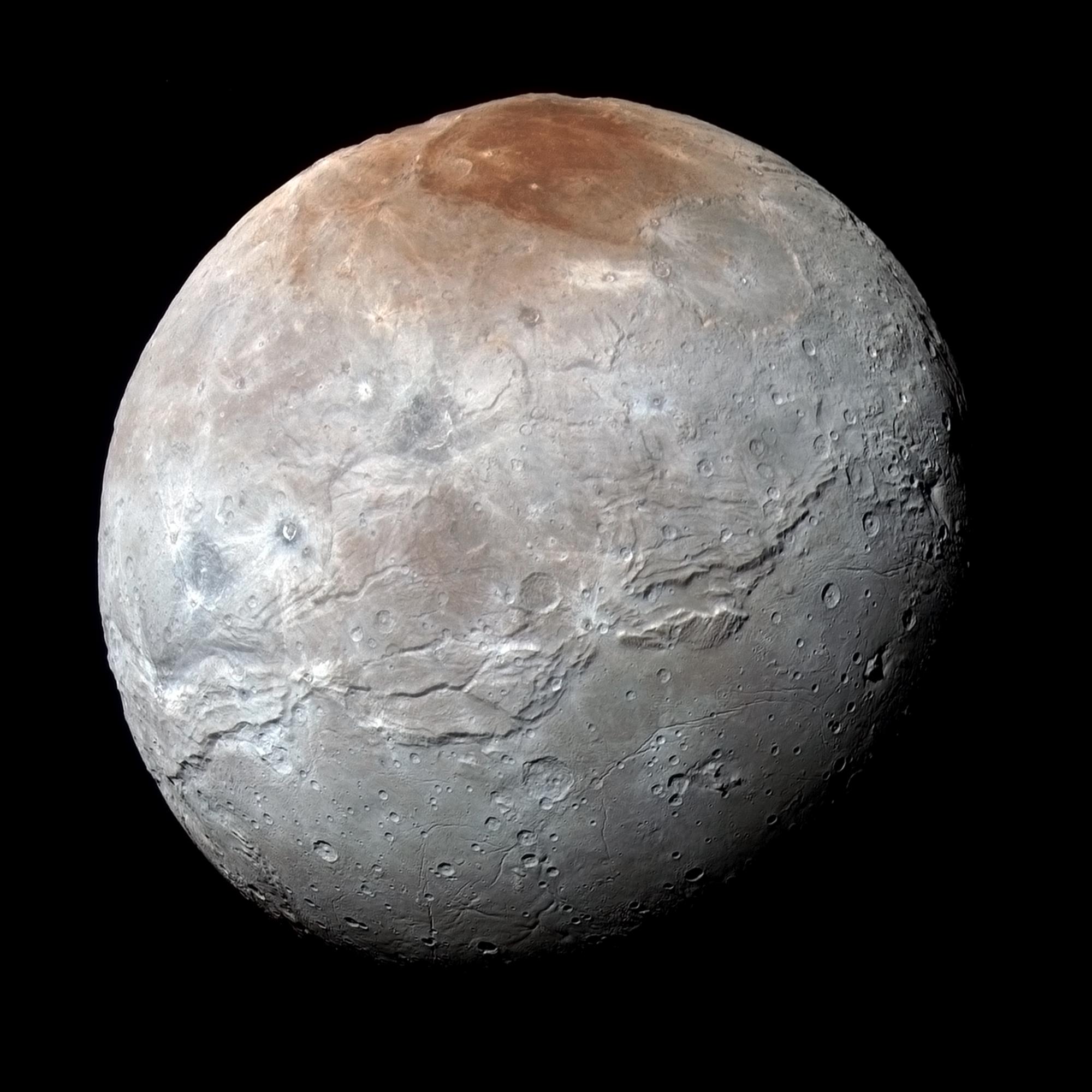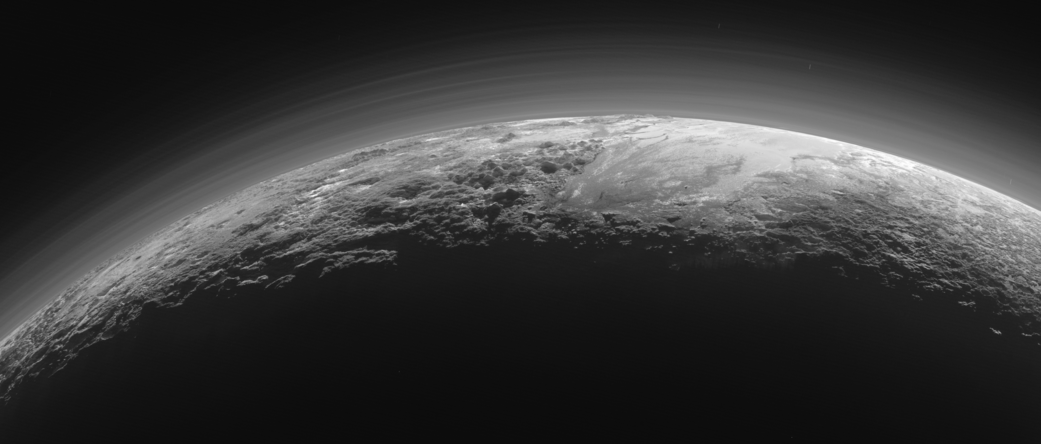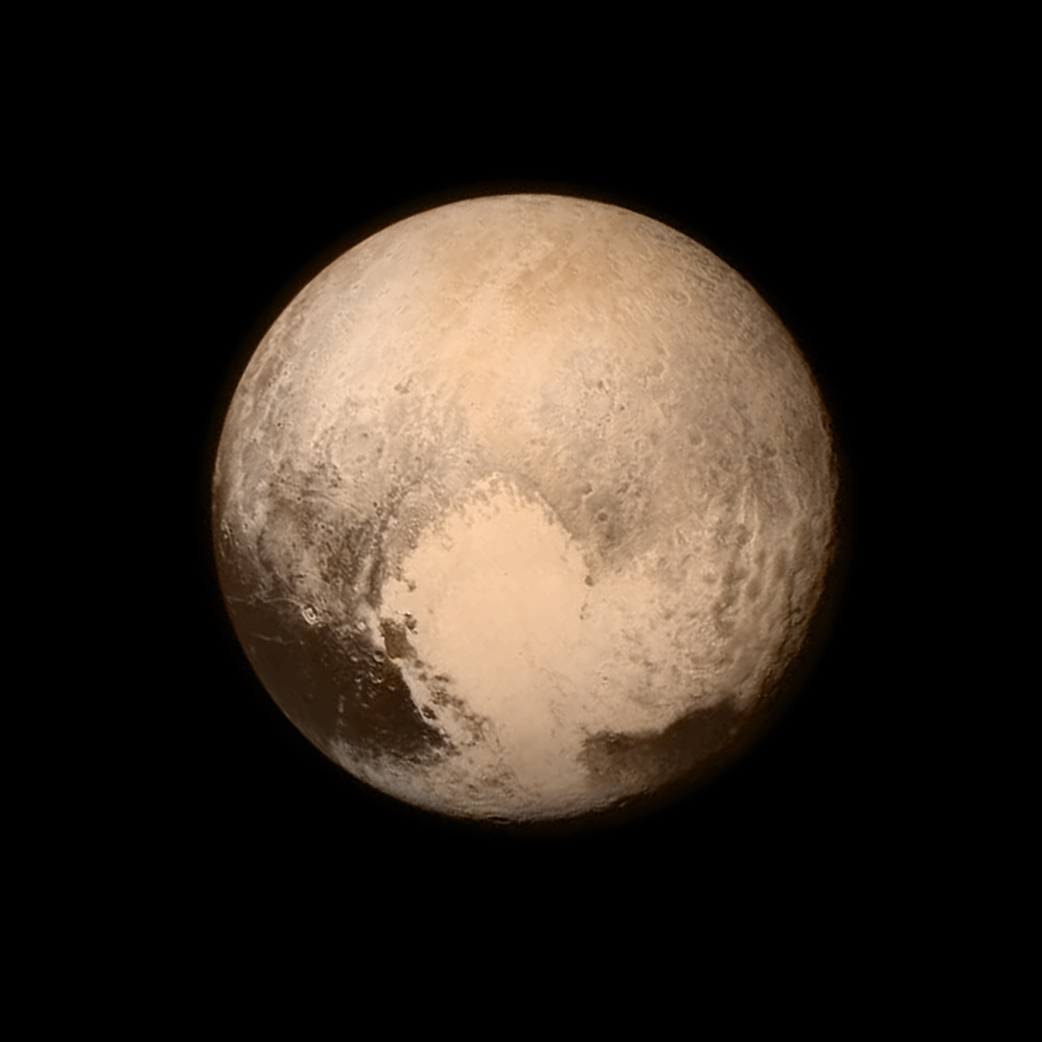One year ago, NASA’s New Horizons mission made history by exploring Pluto and its moons – giving humankind our first real look at this fascinating world on the frontier of our solar system.
Since those amazing days in July 2015 the New Horizons spacecraft has transmitted numerous images and many other kinds of data home for scientists and the public alike to study, analyze, and just plain love. From Pluto’s iconic “heart” and sweeping ice‐ mountain vistas to its flowing glaciers and dramatic blue skies, it’s hard to pick just one favorite picture. So the mission team has picked 10 – and in no special order, placed them here.
Click the titles for more information about each image. You’ve seen nine of them before, and the team added a 10th favorite, also sure to become one of New Horizons’ “greatest hits.”
What’s your favorite image? Tag @NASANewHorizons and #plutoflyby on Twitter, and let us know!
Jagged Ice Shorelines and Snowy Pits
A Dynamic Duo: Pluto and Charon in Enhanced Color
Far Away Snow‐Capped Mountains
Colorful Composition Maps of Pluto
